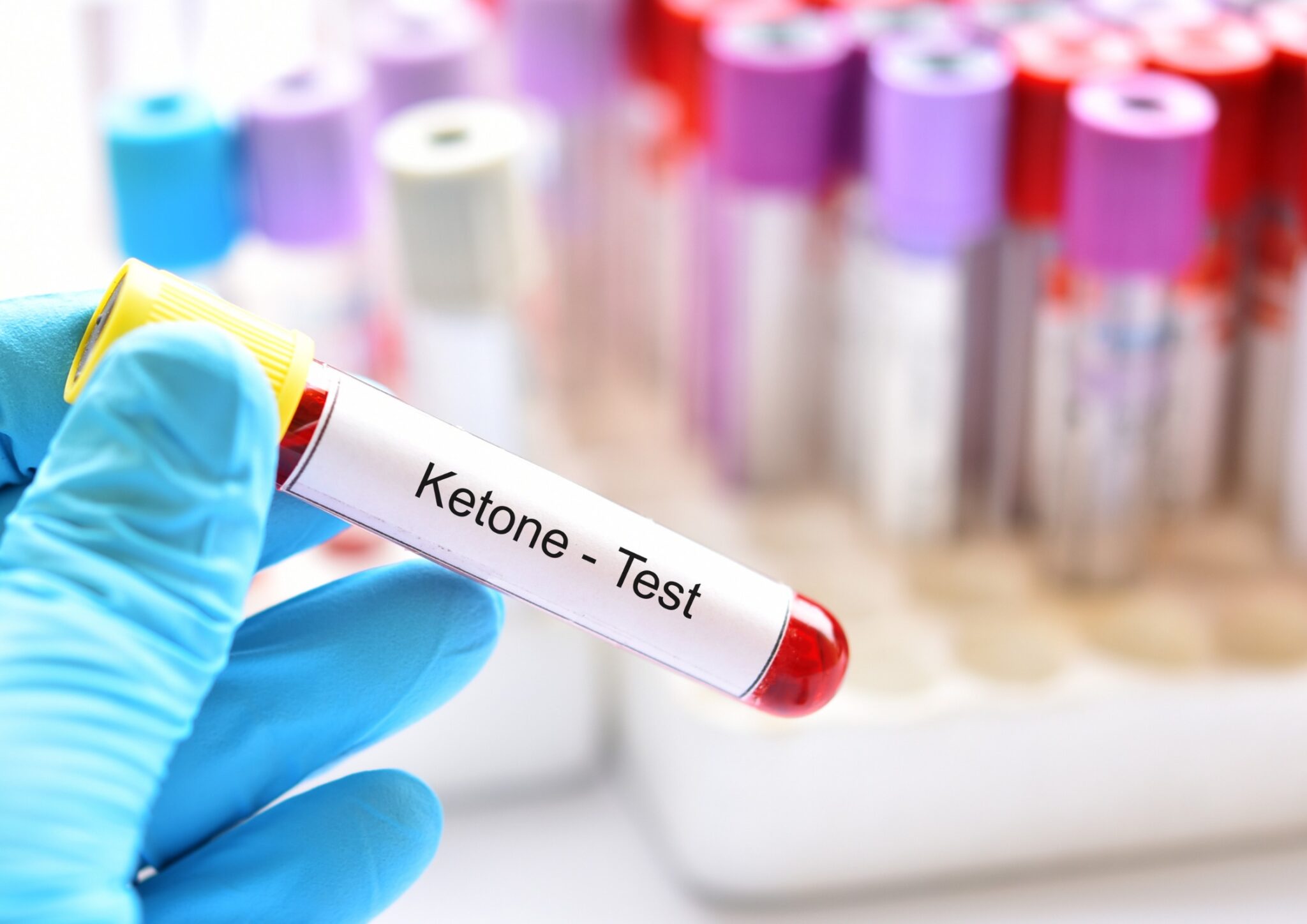We have 100 trillion cells and two fluids the circulatory system (blood) and the lymphatic system (Lymph). All of our cells survive off of glucose. It’s like going to the gas station and putting gas in your car. If you were to put water, lighter fluid or bleach in your car it wouldn’t run. It needs gas. Our gas is glucose.
The debate over ketosis is extremely controversial. the ketogenic diet, the paleo diet fruits are bad for you carbohydrates are evil, and everyone is crazed about it. I’m looking forward to discussing this. Let’s talk about what ketosis is the pro’s the cons and the best way to achieve it.
Overall, we are a primate species. That is our scientific species type. We are not carnivores, we are not herbivores, we are omnivores. That means that our diet should be varied and contain all three food types to some degree.
However, the ketogenic diet is a high-fat, low-carbohydrate diet. The idea behind the keto diet is to force your body into a state of ketosis. In this state, your body becomes incredibly efficient at burning fat for energy.
The problem is that when you cut out carbohydrates, you are also cutting out a lot of healthy nutrients and fiber. This can lead to constipation, diarrhea, and other digestive issues. In addition, the keto diet can be difficult to sustain long-term. Most people end up reverting back to their old eating habits after a few weeks or months.
The Human Body is 98% identical to that of a chimp, but there are some differences. One major difference between humans and chimps involves how they can achieve ketosis-a term used for fasting with no carbohydrates in your diet! While it’s possible for apes they have a natural ability at adapting around what nutrients are available.
The biggest downside is that it can be difficult to sustain long-term. Most people end up reverting back to their old eating habits after a few weeks or months.
When there is insufficient insulin, the body is unable to utilize glucose for nutrition. It is therefore compelled to break down fat to obtain nutrition. Your body develops ketones (acids) and excretes them in your urine and blood. Ketones are released when people with Type 1 diabetes do not take enough insulin, particularly during periods of stress or illness.
The healthiest way to lose weight is by doing a cellular reset and realkalining the body with plant based foods.
Symptoms When There Are A Buildup Of Ketones In Your Body

If you have diabetes, you should be very conscious of the effects that an excess of ketones in your body will induce. There are few examples:
- A dry mouth
- Blood sugar levels greater than 240 milligrams per deciliter (mg/dL)
- Strong thirst
- Frequent urination
Why We Check Ketones?
- Ketones warn that diabetes may be out of control.
- Diabetic ketoacidosis is caused by high levels of ketones in the blood (DKA).
What Causes Diabetic Ketoacidosis
As ketones accumulate in the blood, they may become acidic, resulting in diabetic ketoacidosis (DKA). This can be fatal, but you should be aware of the signs of DKA, how to look for them, and how to get care as soon as possible.

People with type 1 diabetes are more likely to develop DKA than people with other forms of diabetes. However, if you have type 2 diabetes and use medication, you can also be on the lookout for symptoms of DKA.
DKA is also prevalent in people who have yet to be diagnosed with type 1 diabetes, including children. So, if you’re a parent who doesn’t know anything about diabetes, here is what you might know. You should also provide this information to someone who cares about your kids, such as their instructor.
Signs And Symptoms Of Diabetic Ketoacidosis
- Excessive thirst
- Frequent urination
- Nausea and vomiting
- Stomach pain
- Weakness or fatigue
- Shortness of breath
- Fruity-scented breath
- Confusion
Right Now Let’s Talk About Diabetes Mellitus, What Is This Disease?
What is diabetes mellitus? Diabetes is a metabolic condition in which the body does not produce or use insulin correctly. As a consequence, blood sugar (glucose) levels are elevated than average, leading to the diagnosis of diabetes. Insulin is a hormone that aids the body’s utilization of energy from fructose, starches, and other foods.
Glucose is a form of sugar that is formed by the body as carbohydrates are digested (sugars and starches). Glucose is the body’s primary source of sugar. As insulin is lacking or inactive, the amount of blood glucose (blood sugar) rises. High blood glucose levels may cause both short- and long-term complications. So you already have an idea of what is diabetes mellitus? So now let’s jump on the causes.
What Causes Diabetes?

The death of the body’s insulin-producing cells, identified as islet cells, causes type 1 diabetes.
There are many sources of type 2 diabetes. There are some factors to consider, including heredity, age, and weight.
The majority of people with Type 2 diabetes produce sufficient insulin but are unable to use it properly. Weight reduction and exercise will significantly help with this problem.
Why You Need To Be Concerned About Diabetes
Diabetes affects about 16 million Americans (roughly 6% of the US population), but just 8 million are aware of their condition and receiving care.
Diabetes is the fourth leading cause of death and the leading cause of new cases of renal failure, paralysis, amputation, and impotence in the United States. Diabetes increases the risk of heart failure and stroke by 2 to 6 times.
How Do You Get Diabetes?

Diabetes may affect everyone, but the risk is higher if you are overweight. And the following:
- Are 40 years or older
- Are overweight
- Have a family history of diabetes
- Had diabetes during pregnancy
- Had a baby weighing over 9 pounds
- Are of Hispanic, African, or American Indian heritage
Estimated Risk Of Having Diabetes
Relationship To Person With Diabetes and The Approximate Chance of Developing Diabetes
Type 1
- No diabetes in the family (1%)
- Identical twin with Type 1 (25%)
- One parent with Type 1 (1-6%)
- Sibling with Type 1 (10%)
Type 2
- No Diabetes in the family (11%)
- Identical twin with Type 2 (57-75%)
- One parent with Type 2 (7-14%)
- Both parents with Type 2 (45%)
What should I do?
The first thing you should do is set up wellness goals. Why do you want to change your health habits? What’s been holding you back? What kind of help do you need? Then you want to start looking at what kind of options do you have. When health becomes a concern I recommend starting a juicing practice. I have shared some of my favorite recipes.
If you don’t have time for juicing or have a juicer, their’s an easier way that’s works great for a fast pace lifestyle. I recommend doing a 30 cellular reset and maintaining a nutritional wellness program with our holistic doctor. This program will ensure that you will get the nutrients you need without having to worry about the mess that comes with juicing or the time it takes to make juicing a lifestyle.

Lifestyle Concierge is a collaboration of health care practitioners dedicated to integrating the highest standard of conventional, complementary, and alternative medicine, nurturing intrinsic healing in the whole person, body, mind, and spirit. It is our mission to serve, empower and partner with our patients and our community on the path to wellness, transformation, and wholeness.
We will serve as a model for the new paradigm of patient-centered health care dedicated to furthering evidenced based research and education in Integrative Medicine.
DISCLAIMER
This Information provided by AntonikaChanel LLC on Antonikachanel.com is for general informational purposes only. Everything material on the Site is supplied “entirely”. We make no representations or warranty of any sort, regarding the adequacy or completeness of the content. This website is under no responsibility for any loss or damage arising from the use of this site or reliance on any information provided on the site.


